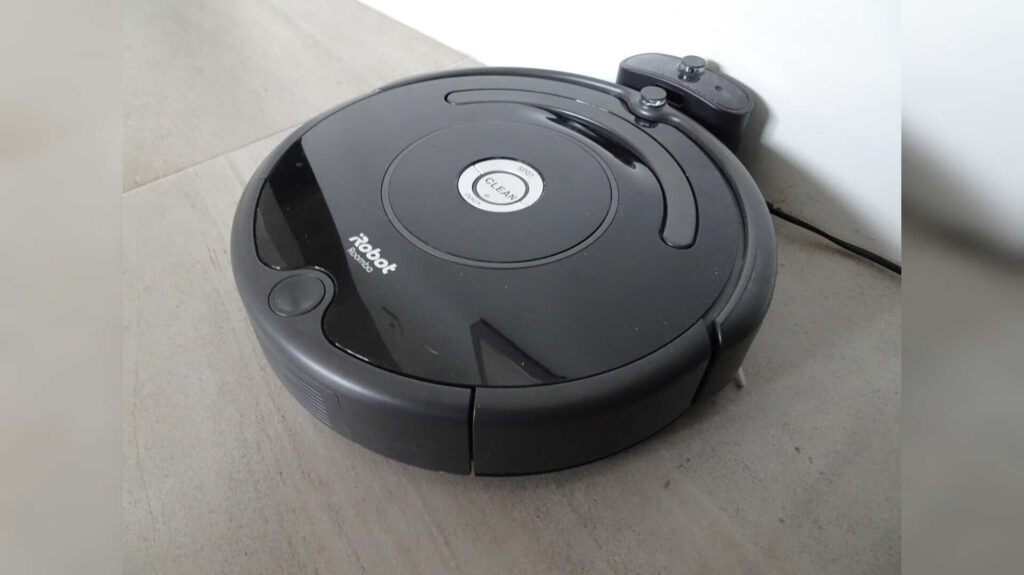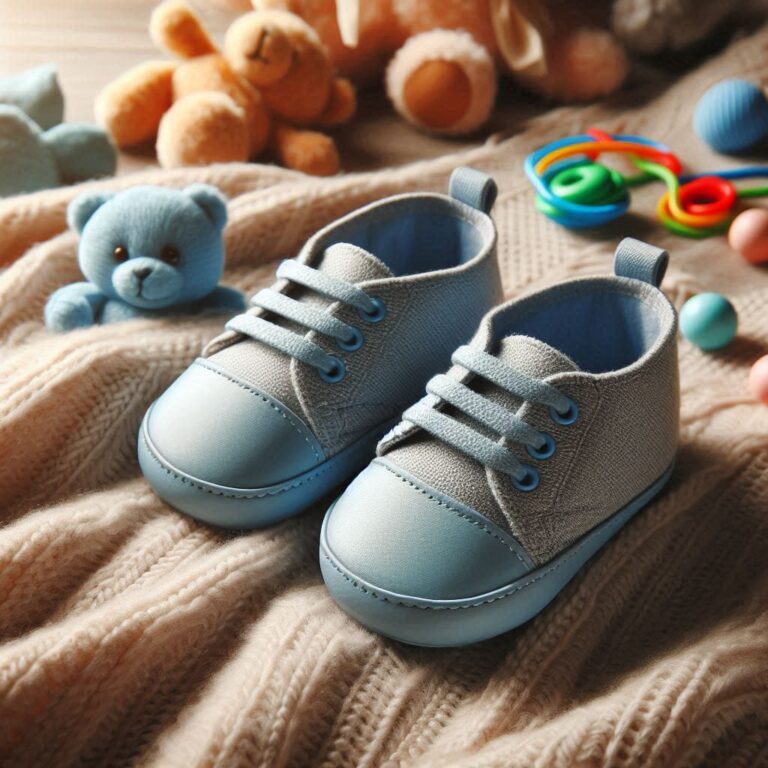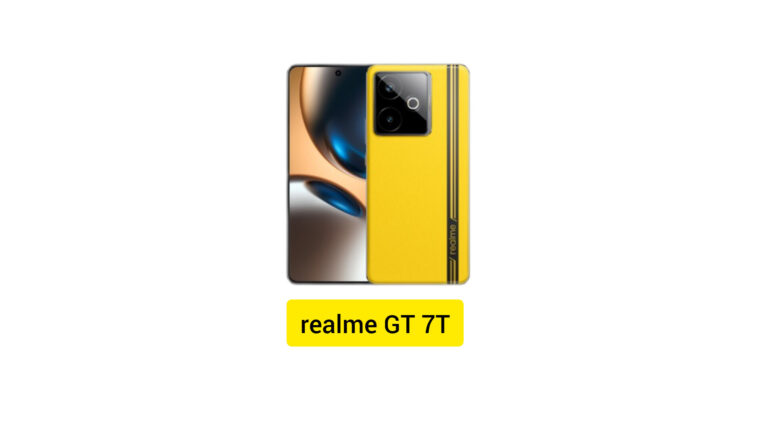When it comes to maintaining a clean and healthy living space, a vacuum cleaner is an essential tool. With countless options available in the market, finding the right vacuum cleaner can be a daunting task. This guide will walk you through the key features, types, and considerations to help you make an informed decision.

Buy Now: https://amzn.to/4gz0NmL
How Vacuum Cleaners Work
A vacuum cleaner operates on the principles of suction and airflow. Here’s a breakdown of its core components and functions:
- Motor: Generates suction power to draw in dust and debris.
- Filtration System: Traps particles, ensuring clean air is released.
- Dust Container: Stores collected dirt, which can be bagged or bagless.
- Brush Rollers: Loosen embedded dirt from carpets for effective cleaning.
When turned on, the motor creates negative air pressure, pulling dirt through the nozzle and into the dust container. The filtration system prevents contaminants from escaping, keeping your home clean and healthy.
Types of Vacuum Cleaners
Vacuum cleaners come in various shapes and sizes, each designed for specific cleaning needs. Here’s a breakdown of the most common types:
1. Upright Vacuum Cleaners
Upright models are a popular choice for homes with large carpeted areas. They offer powerful suction and are easy to maneuver on rugs and carpets. Many upright vacuums come with adjustable height settings, making them versatile for hard floors as well.
2. Canister Vacuum Cleaners
Canister vacuums are perfect for versatility. With a separate canister connected to the cleaning head by a hose, they work well on both hard floors and carpets. Their design makes them ideal for cleaning stairs, curtains, and furniture.
3. Stick Vacuum Cleaners
Lightweight and slim, stick vacuums are excellent for quick clean-ups and small spaces. They’re easy to store and often cordless, providing maximum convenience for spot cleaning.
4. Robotic Vacuum Cleaners
For hands-free cleaning, robotic vacuums are a game-changer. They navigate your home autonomously, cleaning under furniture and in hard-to-reach areas. While not as powerful as traditional vacuums, they’re a great supplement to your cleaning routine.
5. Handheld Vacuum Cleaners
Ideal for cleaning cars, upholstery, and small spills, handheld vacuums are compact and portable. They are a handy addition to your cleaning arsenal for tackling tight spots.
6. Wet/Dry Vacuum Cleaners
These versatile machines handle both liquid spills and dry debris. Perfect for garages, workshops, and outdoor areas, wet/dry vacuums are built for heavy-duty cleaning tasks.
Choosing the Right Vacuum Cleaner
To select the best vacuum cleaner, consider the following factors:
Size of Your Home: Larger homes may require a powerful upright vacuum, while compact spaces might benefit from a handheld or robotic model.
Floor Type: Carpets demand strong suction and rotating brushes, whereas hardwood floors need gentle yet effective cleaning.
Special Features: Look for HEPA filters, adjustable suction, and noise reduction for added convenience.
Additionally, researching brands and reading customer reviews can guide you toward a reliable choice.
Advantages of Vacuum Cleaners
Vacuum cleaners offer numerous benefits that make them a household essential:
Improved Air Quality: Modern vacuums with HEPA filters trap allergens and pollutants, enhancing indoor air quality.
Time Efficiency: They clean quickly and thoroughly, saving hours of manual effort.
Versatility: From floors to curtains, vacuums can tackle various cleaning tasks with ease.
Key Features to Consider
When shopping for a vacuum cleaner, it’s important to evaluate the features that best suit your needs. Here are some key aspects to look for:
1. Suction Power
The suction power determines how effectively the vacuum removes dirt and debris. For homes with pets or thick carpets, prioritize models with strong suction capabilities.
2. Filtration System
A high-quality filtration system, like HEPA filters, traps allergens and dust particles, ensuring cleaner air in your home. This feature is especially important for households with allergy sufferers.
3. Bagged vs. Bagless
Bagged Vacuums: These contain disposable bags that trap dirt, making them a hygienic option. However, replacement bags can add to the cost.
Bagless Vacuums: These come with reusable dust bins, saving money over time. They require regular cleaning to maintain performance.
4. Corded vs. Cordless
Corded Models: Offer consistent power and are suitable for extended cleaning sessions.
Cordless Models: Provide flexibility and ease of use but may have limited battery life.
5. Noise Level
Consider the vacuum’s noise level, especially if you have young children, pets, or live in an apartment. Many modern vacuums are designed to operate quietly.
6. Attachments and Accessories
Look for vacuums with attachments like crevice tools, upholstery brushes, and pet hair removers. These extras enhance cleaning efficiency and versatility.
Innovations in Vacuum Cleaner Technology
The latest advancements have transformed vacuum cleaners into smart devices. Robotic vacuums now feature AI for efficient navigation, and some models offer self-cleaning capabilities. These innovations ensure that vacuum cleaners keep pace with modern needs, offering convenience and superior performance.
Conclusion
Choosing the right vacuum cleaner depends on your home’s needs, flooring type, and lifestyle. By understanding the different types and features available, you can invest in a model that makes cleaning easier and more efficient. A well-maintained vacuum cleaner not only ensures a spotless home but also contributes to a healthier living environment.



